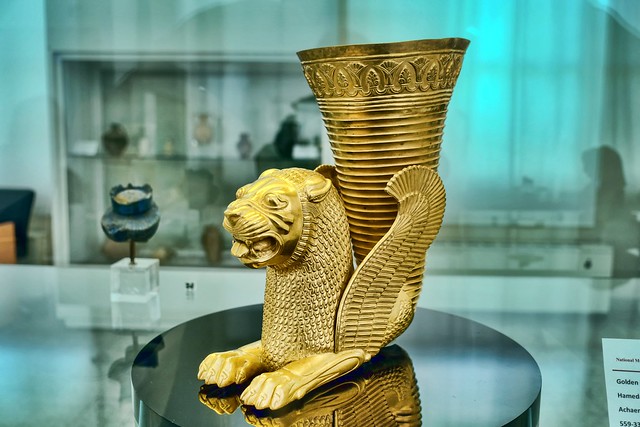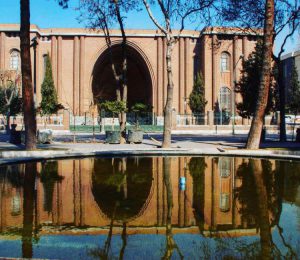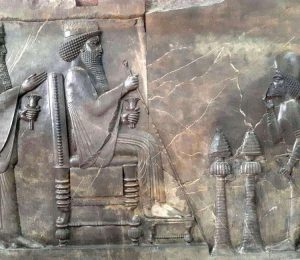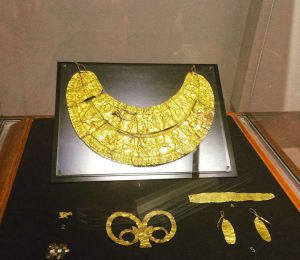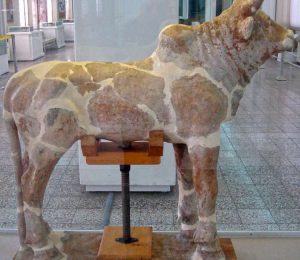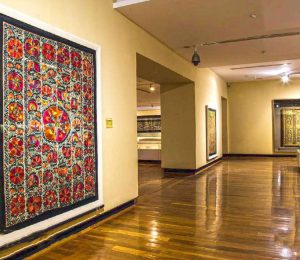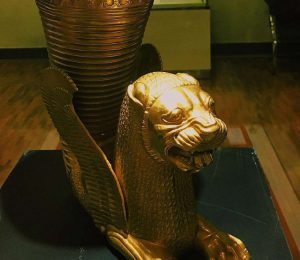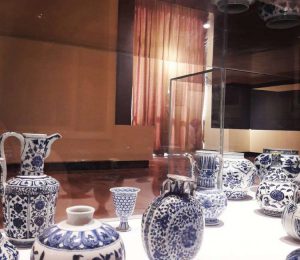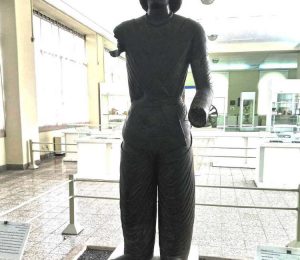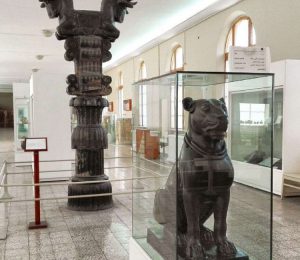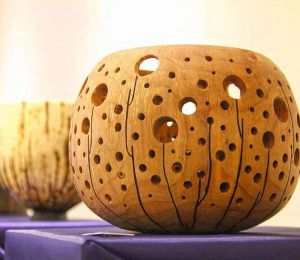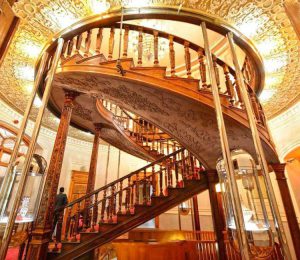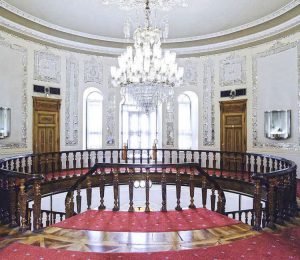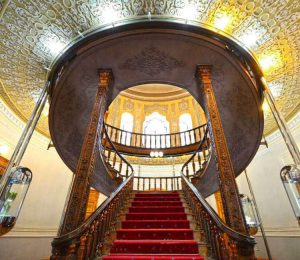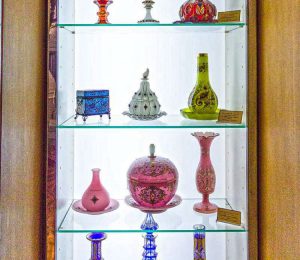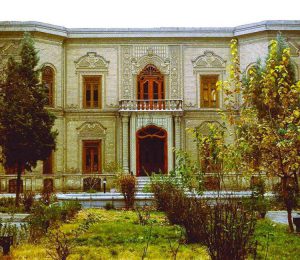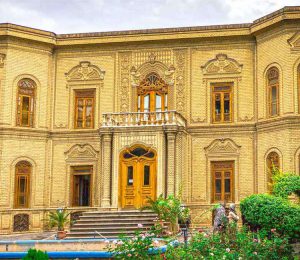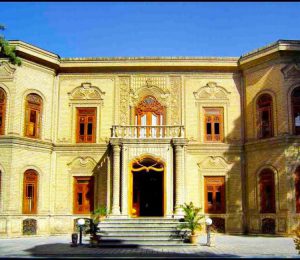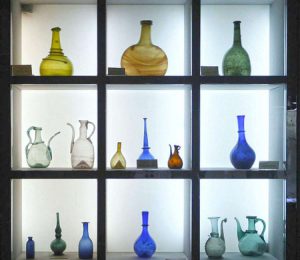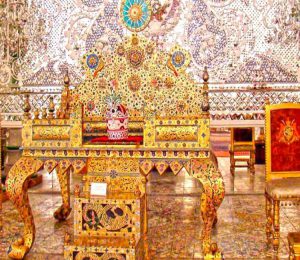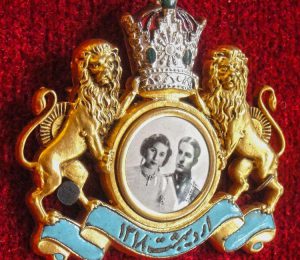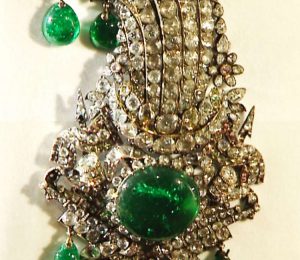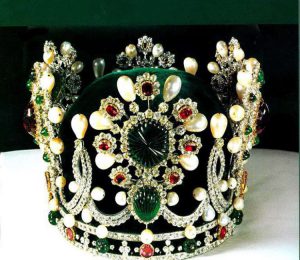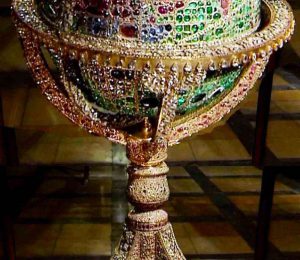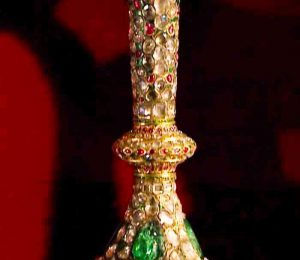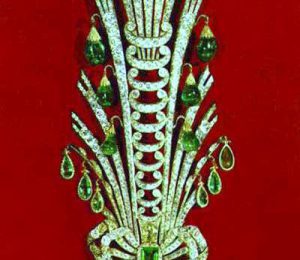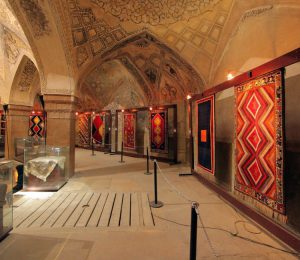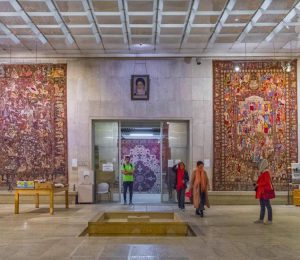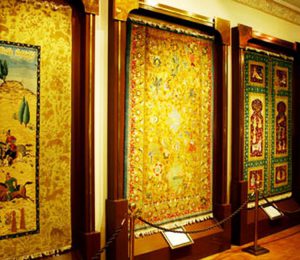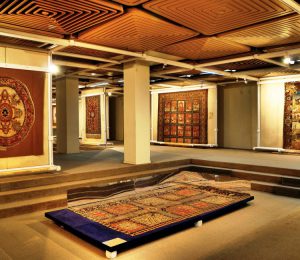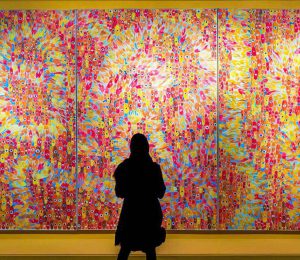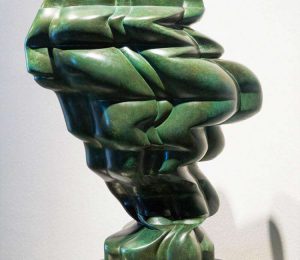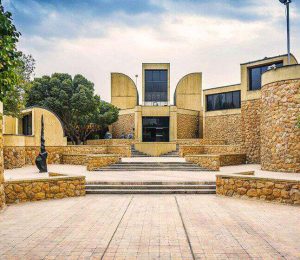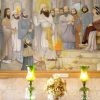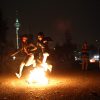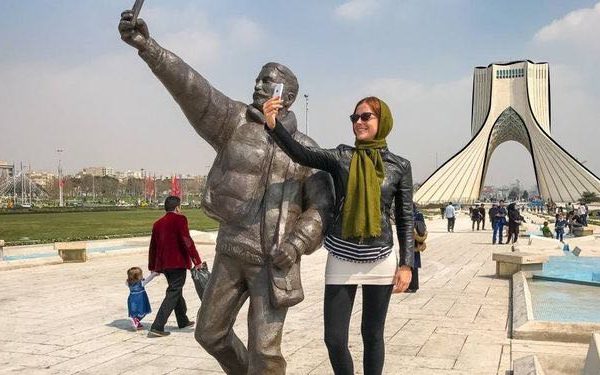Table of Contents
With relics dating back to the lower Paleolithic period (3,300,000-250,000 years ago), Iran embraces the past days of some great civilizations which, at least partly, made the history of the world. So, it is natural that the country be equipped with some great museums to represent that glorious history, along with those outstanding man-made products which came into being during each specific historical period.
To tell the truth, the best museums of Iran are found in Tehran, known as the City of Museums. However, many cities of Iran enjoy their own museums which represent their local history. In this article, we will introduce the top 10 museums in Tehran you shouldn’t miss visiting.
1.National museum of Iran
With natural light coming through the large windows on the west and the east, this museum brightens the path of history by offering a rich look at the Ancient history of Iran. Upstairs, the collection spans the pre-historic, lower Paleolithic, Middle Paleolithic and Upper Paleolithic.
This floor houses the oldest artifacts found in Iran, dating back to 800,000 years ago, potteries beginning from the 4th millennium B.C and everyday bronze objects from the Bronze Age to the first millennium B.C. It also holds findings of archaeological excavations, gifted and refunded objects giving a clear sense of art and culture of ancient Iran. It covers the most ancient artifacts in the Iranian Plateau, including objects from Lorestan and Khuzestan provinces, Sialk hills of Kashan, Susa, etc.
2. Abgineh Museum of Tehran (Glassware and Ceramic Museum)
This impressive house is located in a 7000 m garden which is astoundingly decorated with intricate wooden windows and fifty kinds of brickwork. Inspired by the European and Russian architecture, this brilliant complex still boosts the art of Iranian architect by breathtaking stuccoes, mirror works, and delicate carvings.
There are two similar buildings, in case of architecture and brickwork, in Tehran; Ahmad Shahi pavilion and Teymur Tash house. This splendid monument was the house of Ahmad Qavam (1909-1979), an influential political figure of Qajar and Pahlavi eras, for 30 years. The house was constructed based on a French design.
3. National Jewelry Museum
The unique collection of national jewels mirrors the grand history of Iran, reminding the visitor of the victories, failures, honors and disgraceful incidents this great country has gone through. Wander through the glitter of these gems, representing Iranian art, culture, and opulence.
The recorded history of the treasury of jewels began with the Safavid monarchs. However, a great amount of these jewels were scattered or stolen during later periods. For example, when Mahmud Afqan invaded the country and defeated the last Safavid king, Shah Sultan Hossein, a part of these jewels was sent to India. Then, Nader Shah Afshar tried to recollect the looted parts, but his assassination in 1747 put an end to his efforts. The reason for this failure was that one of his commanders plundered the treasury he had made great efforts to recollect.
Maybe the most important item was the diamond named Kuh-e-Nur (mountain of light) which never returned to Iran. Being the largest cut diamond in the world, Kuh-e Nur finally found its way to the British crown. During the rule of Reza Shah, the first Pahlavi king, a major part of the treasury was transferred to Melli Bank to bolster the monetary system of the country.
So, the jewel collection was moved to its present location in 1955 and was deposited with the Central Bank after its establishment in 1960.
4.Carpet Museum
With two hundred years of history, the Iravani house is one of the most exquisite historical houses in Isfahan which is open to guests. Travelers can have a unique experience of the magnificent house, its elaborate mirrorwork and stucco, the outdoor spaces as well as the historical neighborhood where the house is located. The hotel has five rooms, each of which follows a different Iranian architectural design. In addition to the peaceful environment, visitors can easily access the top attractions of Isfahan thanks to the hotel’s location.
5. Tehran Museum of Contemporary Art
The rigid bond with the academic painting declined in the late 1940s in Iran. After the death of Kamal al-Molk, a new chapter opened in the evolution of Iran’s art. The presence of European figures in Iran, like Andre Godard, and the immigration of a group of students to Europe and the United States to study arts created a context for the blossoming of modern art in Iran.
The idea of building a permanent place to exhibit the Iranian and western contemporary art was developed in 1966; however, the construction was completed in 1977. Kamran Diba, a prominent Iranian architect, designed this museum after the wind towers (Badgir) of Yazd.
This 8500 square meter garden-museum was opened to the public on the occasion of Farah’s birthday, the Queen of Iran at the time. To accomplish this unique project, Kamran Diba made use of traditional elements of Iranian architecture, while influenced by Le Corbusier’s work and museums built in New York.
So, the museum itself is an example of modern art inspired by traditional concepts. After the Islamic revolution, works from the western art were stored away until 1999.


